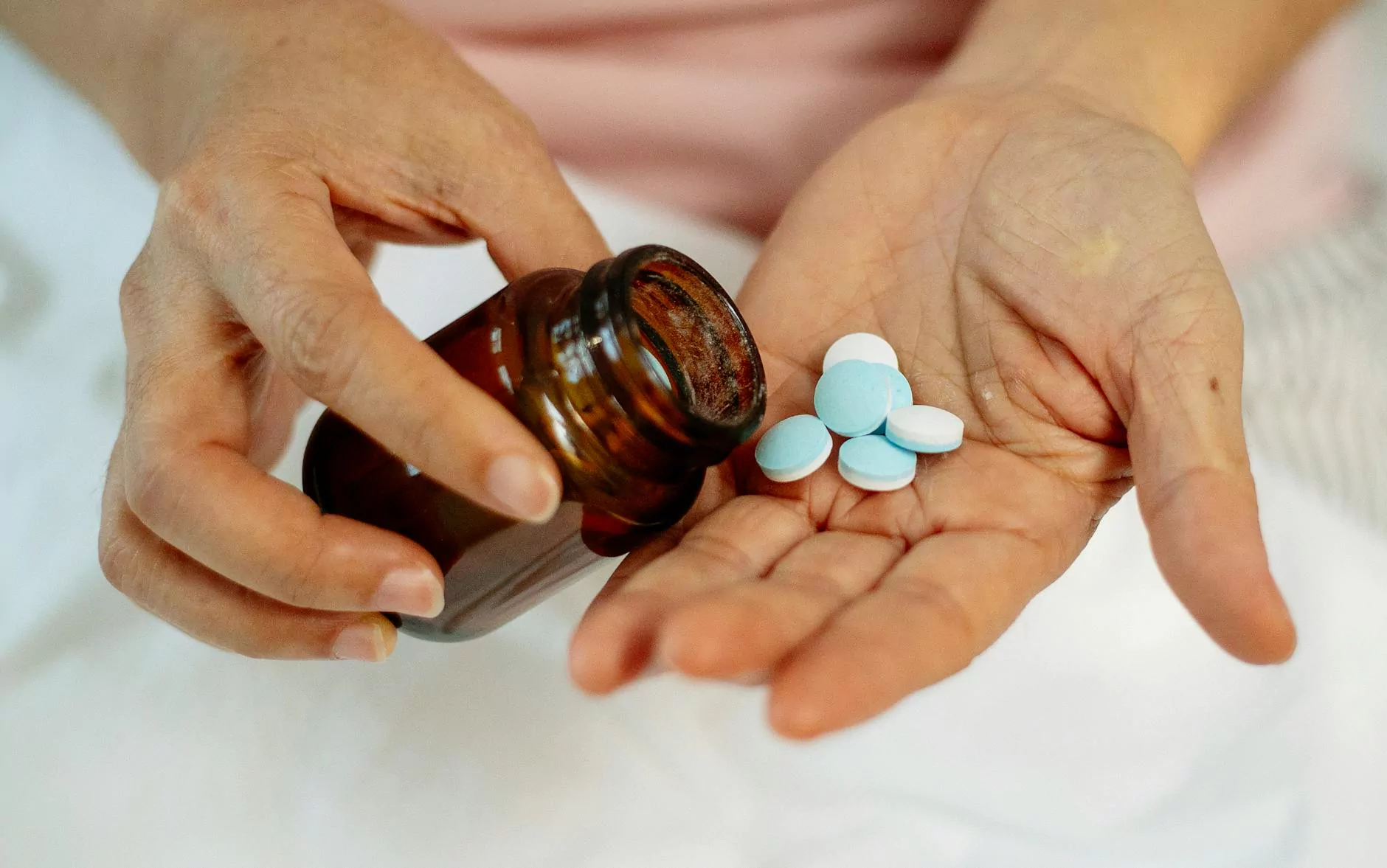The Baffling History of BPA Lurking in Our Food and Water
Blog
Welcome to Nasseri Medical Centre & Medspa's blog, where we delve into the intriguing world of health-related topics. In this comprehensive article, we will explore the surprising history of Bisphenol A (BPA) in our food and water, shedding light on its pervasive presence and potential risks.
Understanding Bisphenol A (BPA)
Bisphenol A, commonly known as BPA, is an industrial chemical used in the production of certain plastics and epoxy resins since the 1960s. Its versatility and heat-resistant properties made it a popular component in the manufacturing of food and beverage containers, such as plastic bottles, canned linings, and even baby bottles.
However, over the years, concerns have been raised regarding the potential health risks associated with BPA exposure. Research has shown that BPA can migrate from these containers into the food and beverages they hold, leading to human exposure through ingestion.
Harmful Effects of BPA
Various studies have linked BPA exposure to several adverse health effects, which has led to widespread concern and prompted regulatory actions around the world. The potential harm associated with BPA includes:
- Endocrine Disruption: BPA has the ability to mimic human hormones and interfere with the endocrine system. This could disrupt the body's natural hormonal balance, potentially leading to reproductive disorders, developmental issues, and other health problems.
- Cancer Risk: Although the evidence is still inconclusive, some studies suggest a potential link between BPA exposure and increased risk of certain cancers, including breast and prostate cancer.
- Neurological and Behavioral Disorders: Animal studies have indicated that BPA exposure may affect brain development and behavior, potentially contributing to learning difficulties, attention deficit disorders, and other neurological disorders.
Regulations and Health Guidelines
Recognizing the potential risks associated with BPA exposure, regulatory bodies and health organizations worldwide have taken action to limit its use and protect public health. In 2010, the United States Food and Drug Administration (FDA) banned the use of BPA in baby bottles and sippy cups, acknowledging the vulnerability of infants and young children to potential harm.
Furthermore, many countries, including Canada and the European Union, have restricted the use of BPA in certain products or have set specific migration limits to ensure consumer safety. However, it is essential to note that BPA is still widely used in various industries, and its presence can be found in everyday products.
Minimizing BPA Exposure
While complete avoidance of BPA is challenging in today's world, especially considering its prevalence in our food and water sources, there are steps you can take to reduce your exposure:
- Choose BPA-Free Products: Look for products labeled as "BPA-free" or those made from alternative materials such as glass or stainless steel.
- Avoid Microwaving Plastic: Heating plastic containers can increase the potential for BPA to leach into food. Opt for glass or ceramic containers for heating your meals.
- Drink from Safe Containers: Use glass or stainless steel water bottles instead of plastic bottles, especially when exposing them to heat.
- Opt for Fresh and Whole Foods: Processed food and canned goods have a higher likelihood of BPA contamination due to their packaging. Choosing fresh and whole foods can help reduce exposure.
By being mindful of your choices and making informed decisions, you can minimize your exposure to BPA and promote a healthier lifestyle for you and your loved ones.
Conclusion
The history and impact of BPA in our food and water remain an important topic of discussion and concern. It is crucial to stay informed about the potential risks associated with BPA exposure and take steps towards reducing its presence in our daily lives. At Nasseri Medical Centre & Medspa, we prioritize your health and well-being, providing reliable information and solutions to support your journey towards a healthier future.










